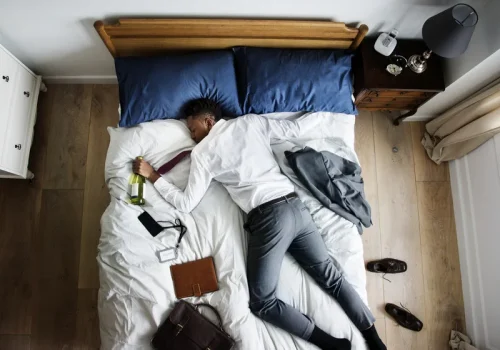
By increasing water intake, THC will pass through sweat and bodily excretions. Antioxidant-rich foods and supplements could help detoxify your body. Many detox teas and beverages are on the market today, so try a few to see what you like best. If you’d rather refrain from cutting weed out completely, you can try a few things to lower your tolerance without stopping smoking. Visit Botany Farms today and explore our diverse collection of tinctures, carts, and low-THC strains designed how to lower your tolerance for weed without stopping smoking to meet your unique preferences and needs. If you want to buy low-THC strains in Las Vegas, there are two dispensaries that will offer you quality low-THC strains.
- At Stink Blossom, your trusted Billings dispensary, we’re here to guide you through the science of cannabis tolerance and offer practical tips for managing and resetting your tolerance level.
- Some use cannabis every day and their tolerance is persistently low.
- Edibles are likely to last 6 to 8 hours, while vaporized products last a fraction of that time.
Understanding THC Tolerance
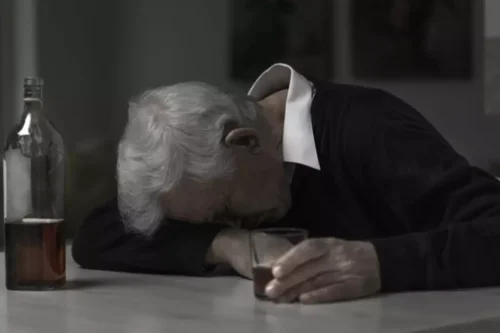
ECS receptors are present throughout your body, but THC typically “locks into” CB1 receptors in the brain and nervous system to unleash its effects. Delta-9’s CB1 affinity makes you feel high and influences your mood, memories, sleeping patterns, and reward centers. This communication is what makes cannabis such a powerful substance. Argyle is indica-dominant, with a THC level of 4–7% and a CBD level of 5–8%. After a couple of minutes, you will enjoy the uplifting sensation this strain provides. A few side effects could be dizziness and red eyes, but nothing that will make you worry way too much for a first-time experience.
Can You Develop a Tolerance to CBD and Other Non-Intoxicating Cannabinoids?
A tolerance break involves abstaining from cannabis for a set period. For many users, just a few days can result in a noticeable decrease in tolerance. Some choose to take breaks for longer, ranging from one to four weeks.
Get To Know Your Body
As cannabis use continues to grow in popularity, more people are discovering its benefits for managing conditions like anxiety, chronic pain, insomnia, and more. However, frequent consumption of THC (tetrahydrocannabinol), the psychoactive compound in cannabis responsible for its euphoric effects, can lead to tolerance. When this happens, the same dose that once provided relief or a satisfying high may no longer have the same impact, leading some users to increase their dosage to achieve the desired effect. This can result in overconsumption, which may lead to unwanted side effects like paranoia, anxiety, dizziness, or even a diminished enjoyment of cannabis over time. Always remember that it’s important to start low and go slow when it comes to cannabis.
Your Endocannabinoid System Is More Sensitive
This makes CBD and other cannabinoids very useful for not only reducing negative side effects, but also for ensuring that a patient doesn’t become overly tolerant to one particular cannabinoid. This is because CBD doesn’t bind to CB1 receptors in the way that THC does, meaning you do not become desensitized to it. In fact, CBD can reduce the activation of CB1 receptors, meaning that it can “re-sensitize” CB1 receptors and reduce tolerance to THC. This article has been reviewed by Dr. Anand Dugar, an anesthesiologist, pain medicine physician and the founder of Green Health Docs.
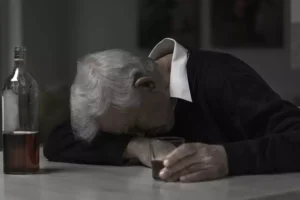
This can also give you a chance to take a break from your preferred method of consuming cannabis to help break the habit. Cannabis has a range of effects, including euphoria, creativity, and deep relaxation. However, some of these pleasurable sensations may diminish when tolerance builds up.
After using enough frequently enough, you may feel that you just are not reaching the high you did a while ago. Even though you have gotten past your starter worries, you may want to test that tolerance from time to time. Veteran smokers warn of risks in your first experiences if you don’t select your weed carefully. Different edible types have different ingredients and unique formulas, so even the same dose of a cannabis brownie won’t necessarily feel like a cannabis drink.
- The same strain used in a joint, dab, or edible will have markedly different results.
- The body goes through various physiological changes as individuals age, including changes in metabolism and body competition.
- We are the only medical marijuana clinic in Mississippi and Alabama where healthcare providers take a holistic approach to pain management, weight loss, and mental health.
- When examining the lowest temperature for weed, we prioritize the plant’s above-ground sections.
- If a complete tolerance break is not an option, consider weening yourself down to lower doses.
HOURS
According to research, the brain’s response to THC—the main psychoactive component in cannabis—diminishes with repeated exposure. Understanding how tolerance works and how to manage it is key to ensuring a positive experience with cannabis. You might be a traditionalist who prefers smoking, but it could be beneficial to experiment with other consumption methods. Vaping, edibles, tinctures, and topical applications offer unique experiences and absorption rates. By varying your consumption methods, you can introduce a new dynamic to your cannabis experience, which may help manage tolerance levels.
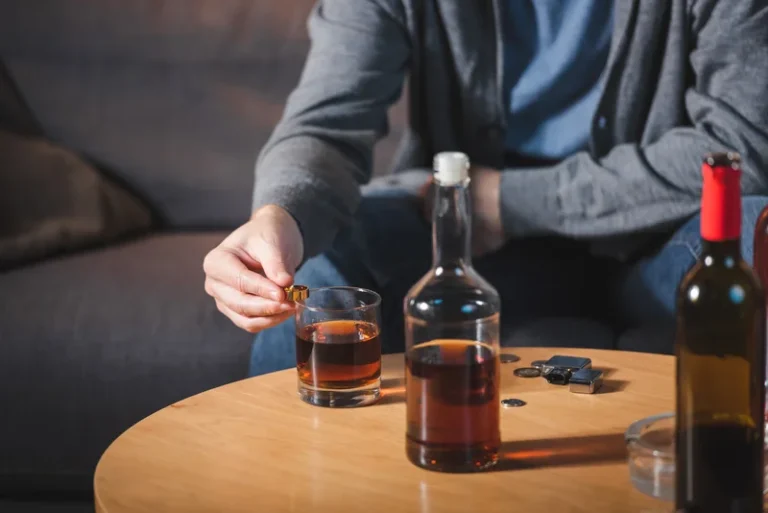
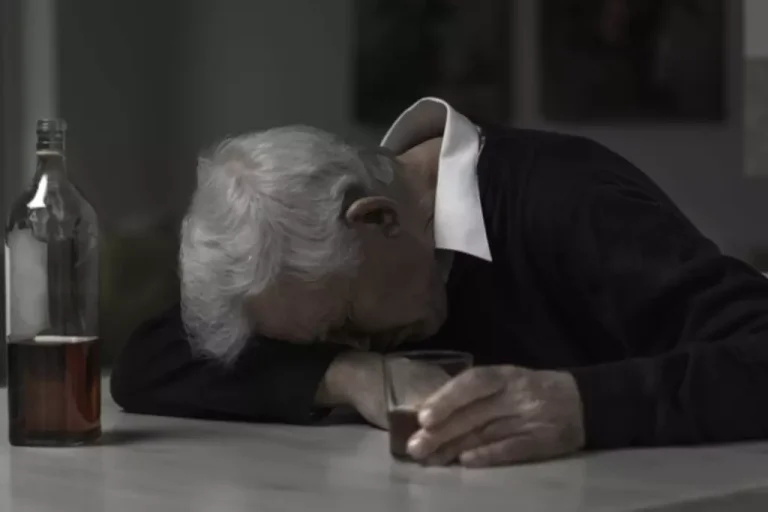
Individuals with lower body weight may require smaller doses of THC, while those with higher body weight may need to increase their dose to feel the effects. If you’ve built up a high THC tolerance, doses of 20mg or more may be necessary to achieve your desired effects. This is especially common among medical marijuana users who need stronger doses for therapeutic purposes like pain relief, anxiety reduction, or sleep support. You’ll be able to find the THC content on the packaging of a licensed, lab-tested THC edible or tincture.
- By down-regulating your cannabinoid receptors with excessive THC use, you lose binding sites for THC.
- Fully abstaining from THC is a full-proof way to bring your tolerance back to baseline.
- They become vulnerable to pests and pathogens (which don’t go dormant in the winter).
- During a T-break, you stop consuming cannabis to allow CB1 receptors to return to previous levels of sensitivity.
- In most cases, taking a T break for a week or two will reset your tolerance.
The joints that once sparked creativity or relaxation now Substance abuse require more hits or higher THC percentages to feel effective. This is because the body adapts to frequent THC exposure by reducing the responsiveness of CB1 receptors in the brain. Over time, this adaptation leads to diminished psychoactive effects and a need for higher doses to achieve the same results.
